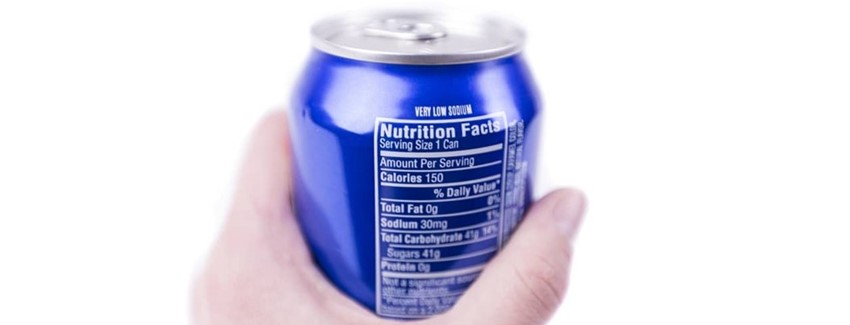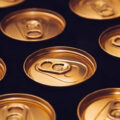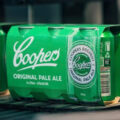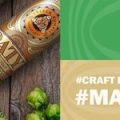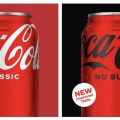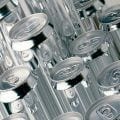Food Standards Australia New Zealand (FSANZ) is conducting public consultations on sugar content claims on beer and canned goods. Whether it’s beer or other offerings such as seltzers that suggest they have no sugar or beers that might contain too many sugars leading to unintentional refermenting in the can.
Since April 2022, the issue of carbohydrate and sugar declarations has been added with that of energy labeling (kilojoules), forcing brewers to include nutrient content in beer,
In addition, FSANZ, an appeal was made informing about the problems of sugar in beer. The larger ‘imperial’ beers have higher ABVs, including fruity sour styles, many of which have tended to be unpasteurized.
Another issue is that residual sugars and storage at room temperature have led to continuous and unintentional fermentation in cans, as well as reignited the problem. However, beer is a beverage that contains no more than 4 percent by weight of sugars, both monosaccharides and disaccharides, according to the Australian Taxation Office.
“Beer is mostly less than 1% sugar. So it’s really your really big beers or if you’ve brewed them with sugar that would be a problem,” detailed WellBrewd industry consultant Anthony Clem.
This is particularly the case for brewers who add sugars but do not pasteurize, or who brew sweeter beers or alternatives to beer such as seltzers. Simple sugars are consumed during most fermentations. But if they have sweet beers, such as ginger beer, they could be a problem and also be considered an RTD.
As with energy labeling, the onus will be on brewers to identify sugar content and ensure that packaging meets FSANZ standards.
The Australian and New Zealand Food Standards code says that foods cannot claim to be “low sugar” if they contain more than 2.5 g of sugar per 100 ml. Negotiations for this study group were held last July with the alcohol industry, public health and potential consumers. A public consultation on energy labeling will be held this October.

